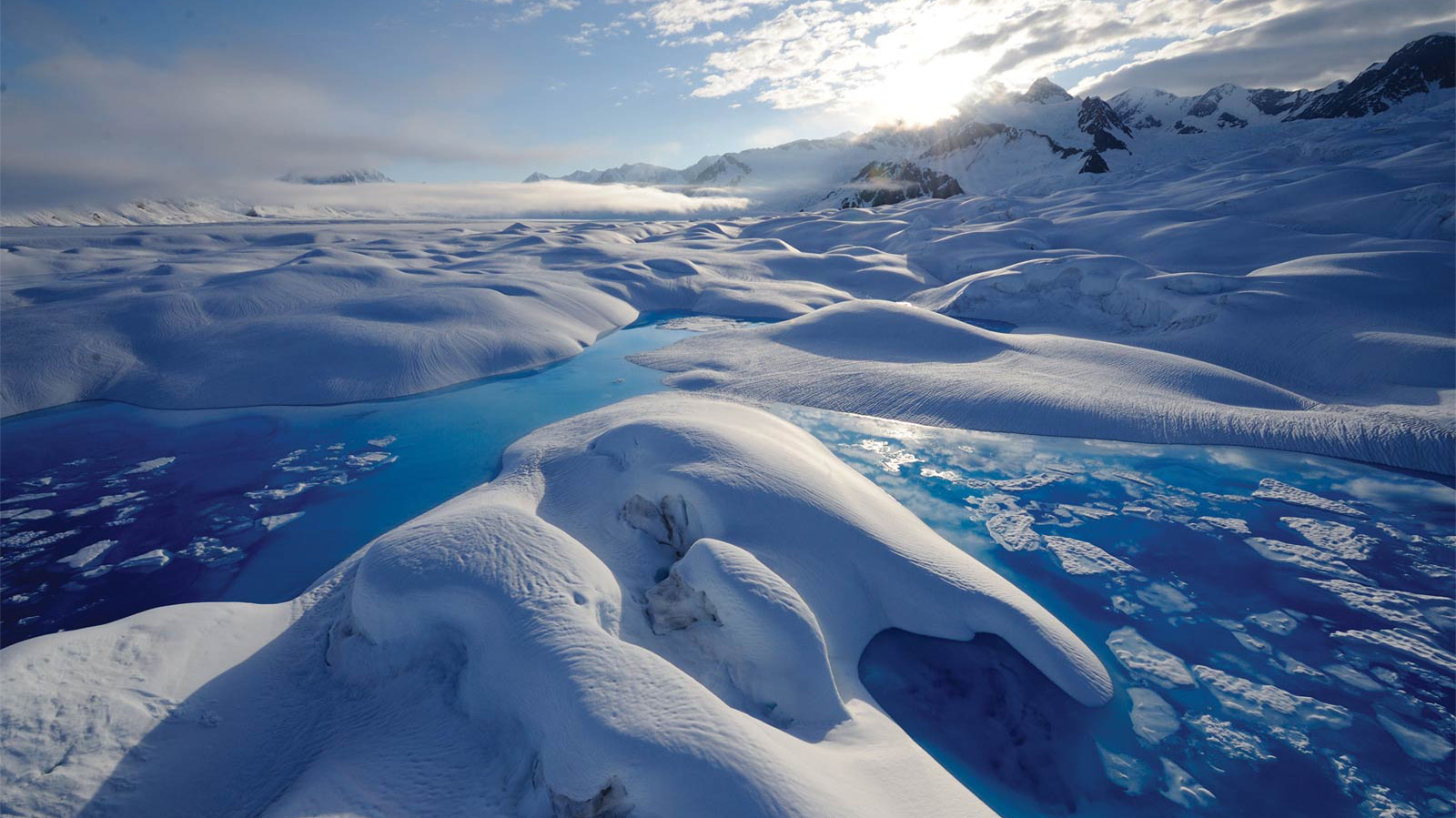On the night of September 23rd, famed nature photographer and documentarian James Balog gave the lecture for this year’s Rose-Walters Prize for Global Environmental Activism to a packed auditorium in ATS. However, only the first segment of his presentation was truly a lecture by definition; the second segment was spoken word over a slideshow of his stunning photography stills, an interesting twist and medium for presenting his message of empowerment and determination in the face of a changing climate and a changing world. But, before that, he ran through a presentation (truncated from his normal spiel) that explained what his project, the Extreme Ice Survey, did and is still doing, and showing the fruits of their labor: time-lapse videos of extreme glacial retreat over less than a decade in time, a severe rate of deflation and diminishment in the extremely long geologic time series. It was stunning to see something that had been born, created, crafted and polished over millions of years disappear so quickly during my lifetime and due to human activity. Such a stark visualization of climate change is rare in normal day-to-day life, and yet is extremely important for everyone on this earth to experience and embody.

Balog’s photography shows the death of a living, breathing thing. The second part of his presentation encapsulated and revolved around this fact; the free verse poem, written by Balog himself, captured the beauty and life of the glaciers he studied and personified them to an extent that I thought was unique and extremely powerful and moving. It made the run-of-the-mill statistics like “the glaciers in Greenland have receded X miles in X years” that get thrown around in the news and in classes that focus on climate change seem much more personal and powerful; I could visualize the damage, and it made it seem like humanity, as a whole, was the big bully on the playground and was causing deeply-seeded distress and suffering in another living thing. There was no other option for me than to leave the lecture that night, and James’s residency as a whole, asking myself, “what more can I do?”



Brady, I am really curious about your thoughts on the creative part of his “lecture”. In talking with several professors on campus I found them critical of his presentation. I thought that he was a bit out of his element and what he was doing could have been accomplished better by someone else (using his amazing photos). I think that he does have a gift for photography and envisioning projects, but I don’t think lectures is one of his strengths. (Just like James Hansen, if you remember his lecture last year) Do you think that the lecture could have been better if someone besides Balog was speaking but using his photos? One idea that an Earth Science professor had was to get Richard Alley to give the lecture with Balog’s photos. Check this video out of his explanation of ice ages and global warming: https://www.youtube.com/watch?v=-NQPolcYoIc
Thanks for sharing the video of Richard Alley explaining ice ages. He gave a similar ‘lecture’ at a hearing of the Congress’s subcommittee on science and technology a couple years ago. He used his head to demonstrate changes in the tilt of the Earth’s axis and ‘wobbles’ in the orbit – very amusing.